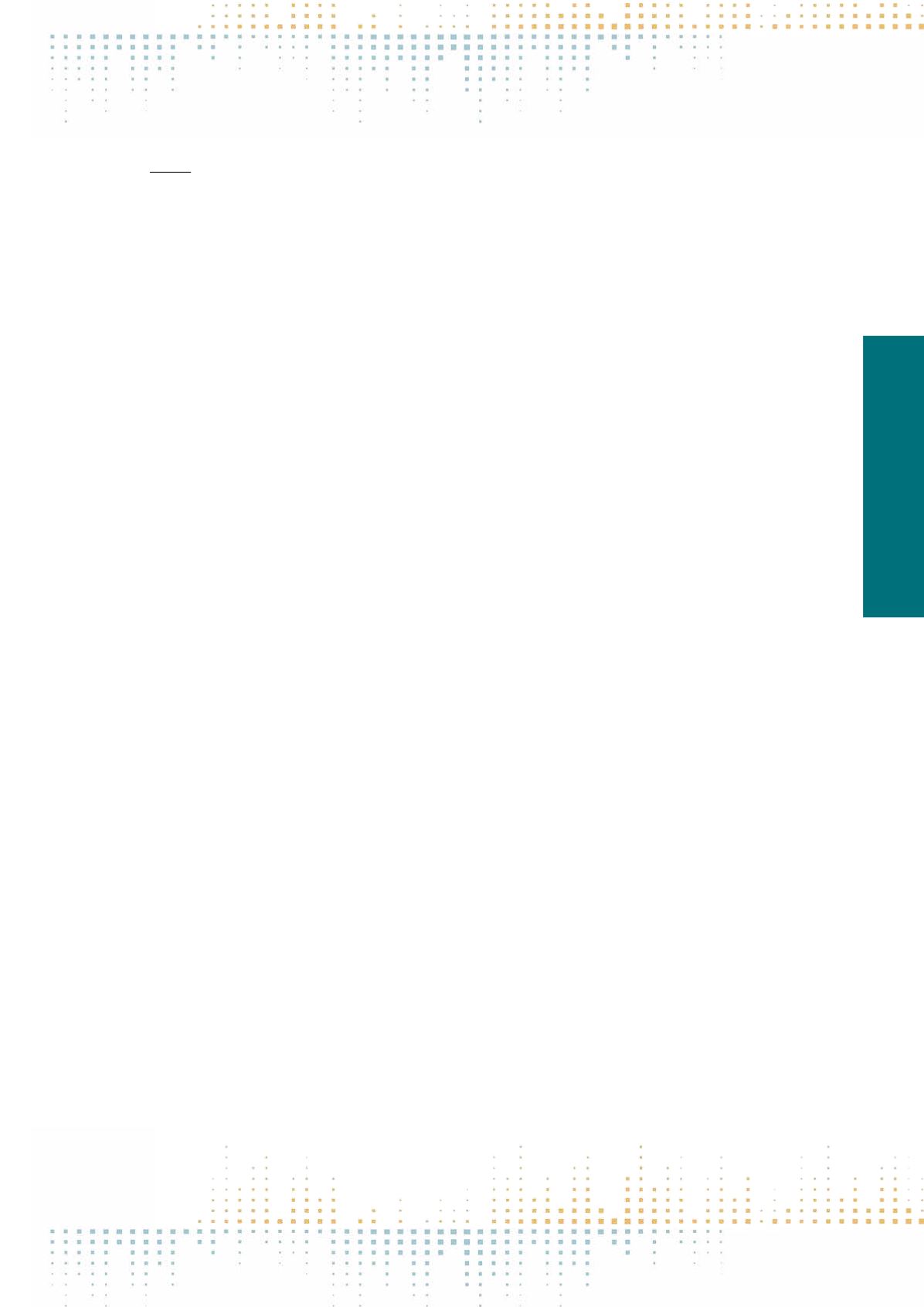

77
Thursday, November 10
1 6 : 3 0 – 1 8 : 0 0
PP 243
The Emergence of a Politicised European Public Sphere: The Cases of STOP TTIP and the Democracy in Europe Movement
A. Oleart
1
, L. Morganti
2
, L. Bouza
3
1
Université Libre de Bruxelles ULB, Information and Communication InfoCom, Brussels, Belgium
2
Vrije Universiteit Brussel VUB, Centre for Studies on Media- Information and Telecommunication SMIT, Brussels, Belgium
3
College of Europe, European General Studies, Bruges, Belgium
There is a general agreement among academics about the non-existence of a European Public Sphere (EPS) (Baisnée 2007) or, at least, that national public
spheres act as filters for a European one and that an EPS it is not readily available to the average European citizen.This is mainly due to the national fragmen‑
tation of the public debate and the role played by national media. That said, the linkage between the nation state and the public sphere is more a historical
than an essential one. A weak EPS is contrasted with the existence of a strongly integrated and institutionalised European public sphere. Organised and
specialised actors - pan-European media, social movements, lobbies and civil society actors, experts - and public institutions, shape this integrated and
specialised EPS. This specialised and organised EPS is coherent with Habermas' definition of the public sphere as“a network for communicating information
and points of view‟ (Habermas, 1996: p.360). This organised and specialised public, however, remains disconnected from the general one (Eriksen 2007).
The increased attention of the general public after the euro crisis has not changed the situation.This paper researches whether movements such as the STOP
TTIP and the Democracy in Europe Movement (DiEM) are contributing to the emergence of a more strongly politicised European sphere of communication.
More precisely, the particularity of these two movements seems to be found in their capacity to gather and organise movements, organisations and citi‑
zens which, previously, were not used to act together politically. The two initiatives have encouraged the perception of Europe as an open and accessible
space open to opportunities for political action. The decentralised nature of both initiatives has allowed them to keep momentum and consolidate beyond
the stage of their initial launch. The Europeanisation of the debate on two key subjects such as TTIP and Governance in Europe is not politically neutral and
is putting these two topics on the European agenda. This is being accompanied by a set of national digital media initiatives (such as Mediapart in France or
eldiario.es in Spain) that are using these initiatives and international partnerships as tools to increase their popularity at a national level, while giving visi‑
bility to both the STOPTTIP campaign and DiEM. Participant observation in events organised by both initiatives, frame analysis (Snow et al. 1986) regarding
the claims towards EU institutions, network analysis analysing the relations between actors from different fields (NGOs, social movements, the media…)
and qualitative interviews will be the methods used in order to measure their impact on the politicisation of the European Public Sphere. Emphasis will be
put on a qualitative politicisation of an enlarged European public sphere rather than on a mere general increase of information sharing between different
national groups in Europe.



















